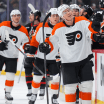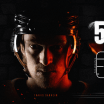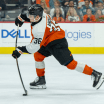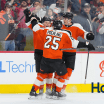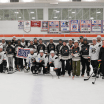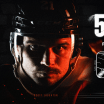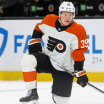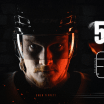After defeating the Montreal Canadiens, 4 games to 2, in their First Round series in the 2020 Stanley Cup Playoffs, Alain Vigneault's Philadelphia Flyers have moved on to play Barry Trotz's New York Islanders. The Isles dispatched the Washington Capitals, 4 games to 1, in the First Round.
The Flyers or Isles will win the series if...
A look at what each team must to do to advance to the Conference Finals
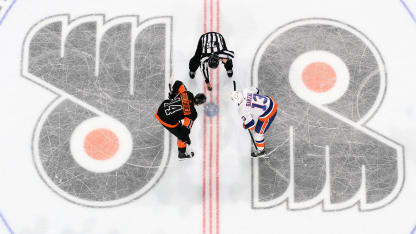
© Len Redkoles/Getty Images




